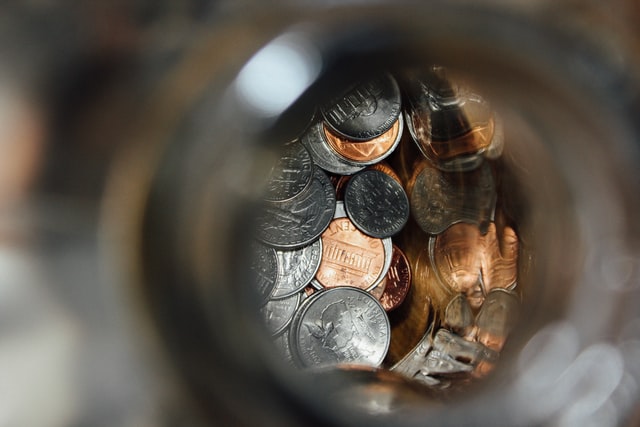\u3000\u3 China Vanke Co.Ltd(000002) 563 Zhejiang Semir Garment Co.Ltd(002563) )
Key points
22q1 revenue and net profit attributable to parent company were flat and decreased by 41% year-on-year respectively
In 22q1, the company realized an operating revenue of 3.309 billion yuan, a year-on-year decrease of 0.03%, a net profit attributable to the parent company of 209 million yuan, a year-on-year decrease of 40.74%, and a deduction of 185 million yuan of non net profit, a year-on-year decrease of 45.01%; EPS is 0.08 yuan.
Under the background of the epidemic, the growth of the company's sales side was under pressure and flat year-on-year, and the profit decreased significantly, mainly due to the decline of gross profit margin, the increase of expense rate and the provision for inventory falling price loss.
Children's wear sales performed better than casual wear, with online growth and offline decline
Revenue split: 1) by category, the revenue of children's clothing increased slightly in the first quarter, and the revenue of casual clothing decreased slightly year-on-year; 2) By channel, in the first quarter, the revenue of online channels increased by double digits year-on-year, the revenue of Direct stores decreased by middle single digits year-on-year, the revenue of franchisees decreased by low double digits year-on-year, and the joint venture increased slightly year-on-year.
In terms of retail flow performance, the whole system retail flow decreased slightly in the first quarter, with an online growth of about 10% and a single digit decline offline; By category, the performance of children's wear is also better than that of casual wear. The retail sales of children's wear is flat and slightly increased, and there is still a high double-digit growth online, which is more prominent.
The gross profit margin decreased, the expense rate increased, the year-on-year increase of inventory was large, and the provision for asset impairment loss increased
Gross profit margin: 22q1 decreased by 1.32pct year-on-year to 42.65%, mainly due to the increase of supply chain procurement costs. Period expense ratio: 22q1 increased by 5.93pct year-on-year to 29.66%, of which the rates of sales, management, R & D and financial expenses were 24.10% (year-on-year + 4.70pct), 4.43% (+ 0.50PCT), 1.41% (+ 0.05pct) and - 0.29% (+ 0.68pct) respectively. The increase in financial expenses was due to the increase in the interest discount expenses of the buyer's interest payment acceptance bill.
Other indicators: 1) the inventory at the end of March 22 was 4.052 billion yuan, an increase of 0.70% over the beginning of the year and 66.02% over the end of March 21; Inventory turnover days were 191 days, an increase of 72 days year-on-year. 2) The accounts receivable at the end of March 22 was 928 million yuan, a decrease of 36.05% compared with the beginning of the year and 12.92% compared with the end of March 21, indicating an increase in sales receipts in Q1; The turnover days of accounts receivable were 32 days, a year-on-year decrease of 1 day.
3) asset impairment loss increased by 98.61% year-on-year to 146 million yuan, mainly due to the year-on-year increase of ending inventory; Credit impairment losses increased by 11.77% year-on-year to 34.68 million yuan. 4) 22q1's net operating cash flow was - 5.62 million yuan, which turned into a net outflow year-on-year, mainly due to the year-on-year increase in purchase loans and expenses paid in the current period.
Profit forecast, valuation and rating: under the pressure of terminal retail under the background of multi-point distribution of short-term epidemic, we still need to pay attention to the progress of epidemic prevention and control and demand recovery. We lowered the company's profit forecast for 22-24 years, corresponding to EPS of 0.56, 0.66 and 0.76 yuan for 22-24 years (net profit decreased by 6% / 2% / 1% respectively compared with the previous profit forecast), PE of 22-23 years was 12 and 10 times respectively, the company had sufficient cash on the account, monetary capital + trading financial assets exceeded 8.2 billion at the end of March, strong anti risk ability, and maintained the "buy" rating.
Risk tip: the impact of the epidemic in China exceeded expectations, resulting in weak terminal consumption; E-commerce sales are less than expected; Ineffective offline channel expansion or investment in costs exceeding expectations; Channel inventory deterioration
